Radiative Forcing from Flights
Radiative forcing from flights refers to the impact of aviation activities on the Earth's climate system through changes in the balance of incoming solar radiation and outgoing infrared radiation.
Direct Radiative Forcing
This refers to the immediate impact of aircraft emissions, primarily carbon dioxide (CO2), water vapor, nitrogen oxides (NOx), and particulate matter, on the Earth's energy balance. These emissions contribute to the greenhouse effect, trapping heat in the atmosphere and leading to warming. Water vapor emissions from aircraft can also form contrails, which can further enhance warming by trapping outgoing infrared radiation.
Indirect Radiative Forcing
Indirect effects arise from the formation of secondary pollutants and aerosols in the atmosphere as a result of aviation activities. For example, NOx emissions from aircraft can react with other compounds to produce ozone (O3) and other greenhouse gases, which contribute to warming. Additionally, aircraft-produced aerosols and contrails can act as nuclei for the formation of cirrus clouds, which have a net warming effect on the climate.
Mitigation Efforts
Efforts to mitigate the radiative forcing from flights include improving aircraft fuel efficiency, developing and adopting sustainable aviation fuels (SAFs), optimizing flight routes to minimize emissions, and implementing emissions trading schemes or carbon pricing mechanisms to incentivize emissions reductions within the aviation industry. Additionally, research continues into technologies and strategies to mitigate the formation of contrails and their associated climate impacts.
When calculating CHG emissions for business travel flights you should always use factors which include Radiative Forcing. Failure to do so result in reporting a lower level of carbon emissions which can be false and misleading, particularly if used with Net Zero and Carebon Neutrality claims.

We achieved Carbon Neutrality for Scope 1 & 2 Emissions in 2020
We aim to achieve Net Zero for Scope 1, 2 & 3 Emissions in 2035



